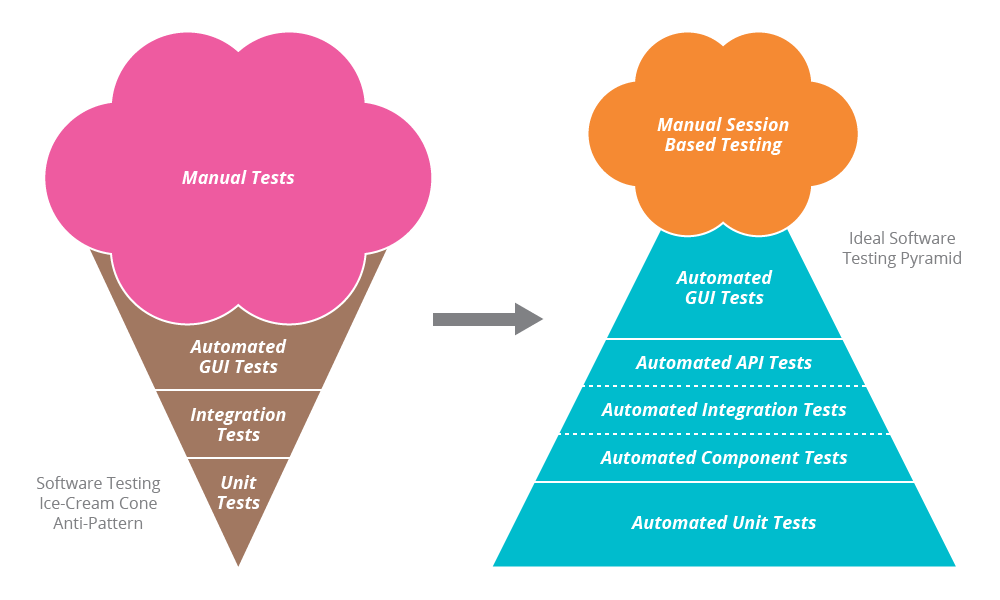Debating whether something is or isn't an anti-pattern is like arguing over whether a politician is stupid, or whether one religion is better than another: there is rarely a single right answer. Instead, you should think about the trade-offs between different shapes of test pyramids and how they apply to your situation. I'll mention a few trade-offs.
User-relevance vs diagnostic value. End-to-end tests model actual user interactions, so they can feel more relevant to whether the entire system works than unit tests. However, if an end-to-end test fails, you have little information about what caused the problem. So end-to-end tests don't provide a lot of diagnostic value.
Since a unit test covers something very specific, you can use the Venn diagram of which tests passed and which failed to deduce the root cause. Unit tests have a lot of diagnostic value. On the other hand, if your component depends on other components, you need to mock or otherwise simulate the interaction between your component and its dependencies. That requires making assumptions about how those other components behave. If your assumptions are wrong, your tests become less relevant. So you can't rely solely on unit tests to tell you whether a system actually works.
Cost to run. End-to-end tests probably take a lot longer to run than the full set of unit tests. That's because end-to-end tests often involve long, complicated setups and tear downs and, if anything in your system is asynchronous, lots of waiting. Unit tests run quickly. Everything else being equal, a test that runs quickly is more likely to be used than a test that runs slowly.
Maintenance cost. End-to-end tests tend to be more fragile and require more upkeep than unit tests. When you consider how to invest your limited test budget, you need to consider whether an end-to-end test's coverage justifies its higher maintenance cost.

